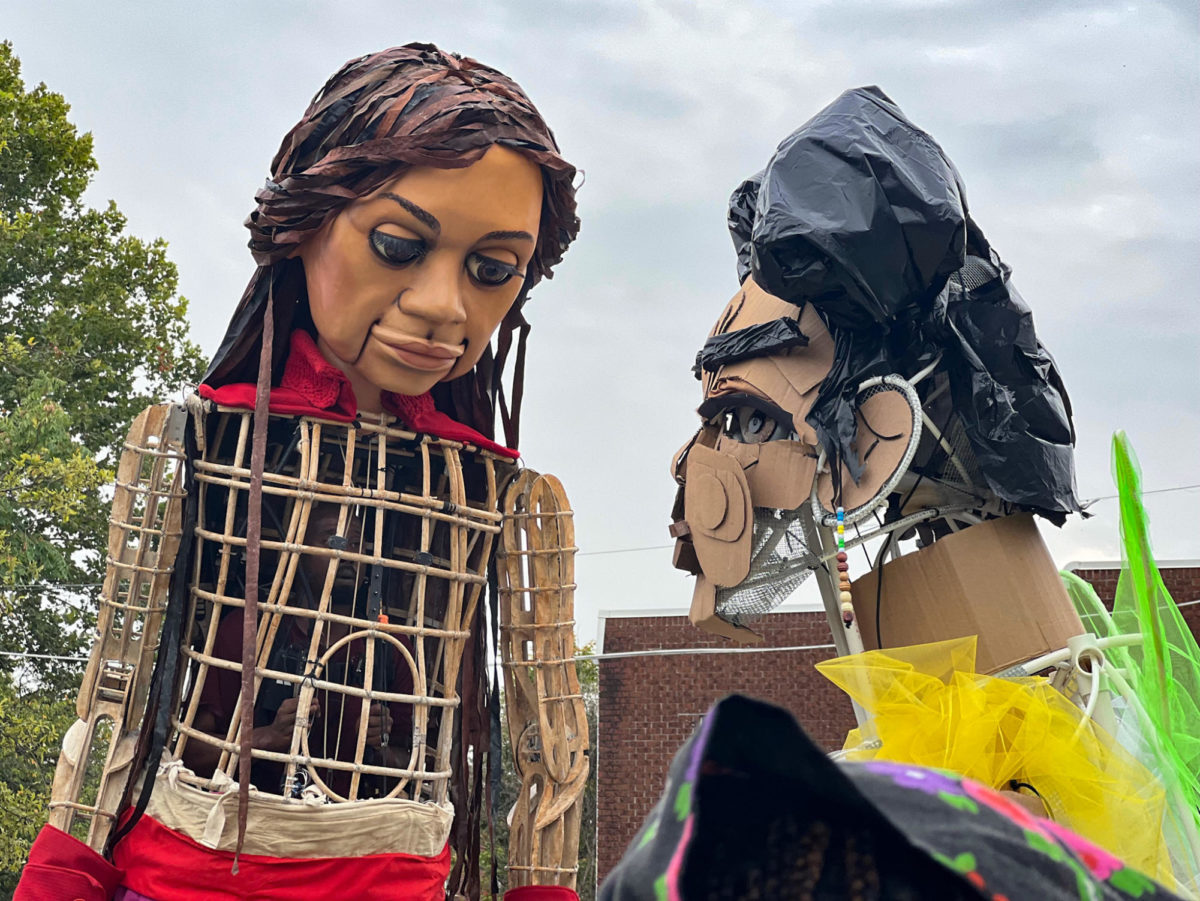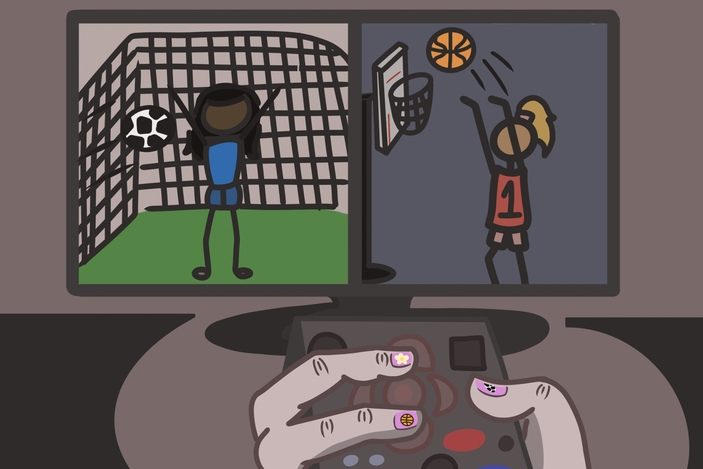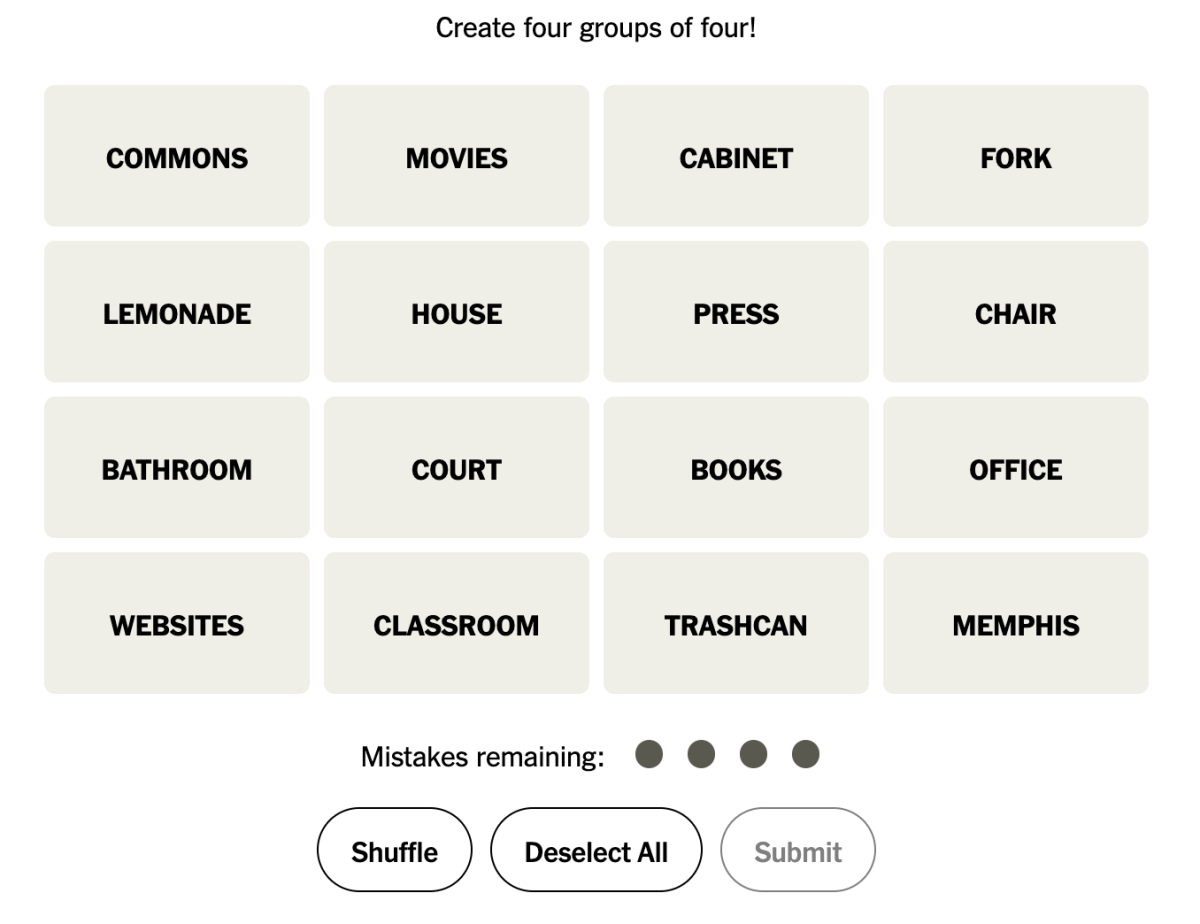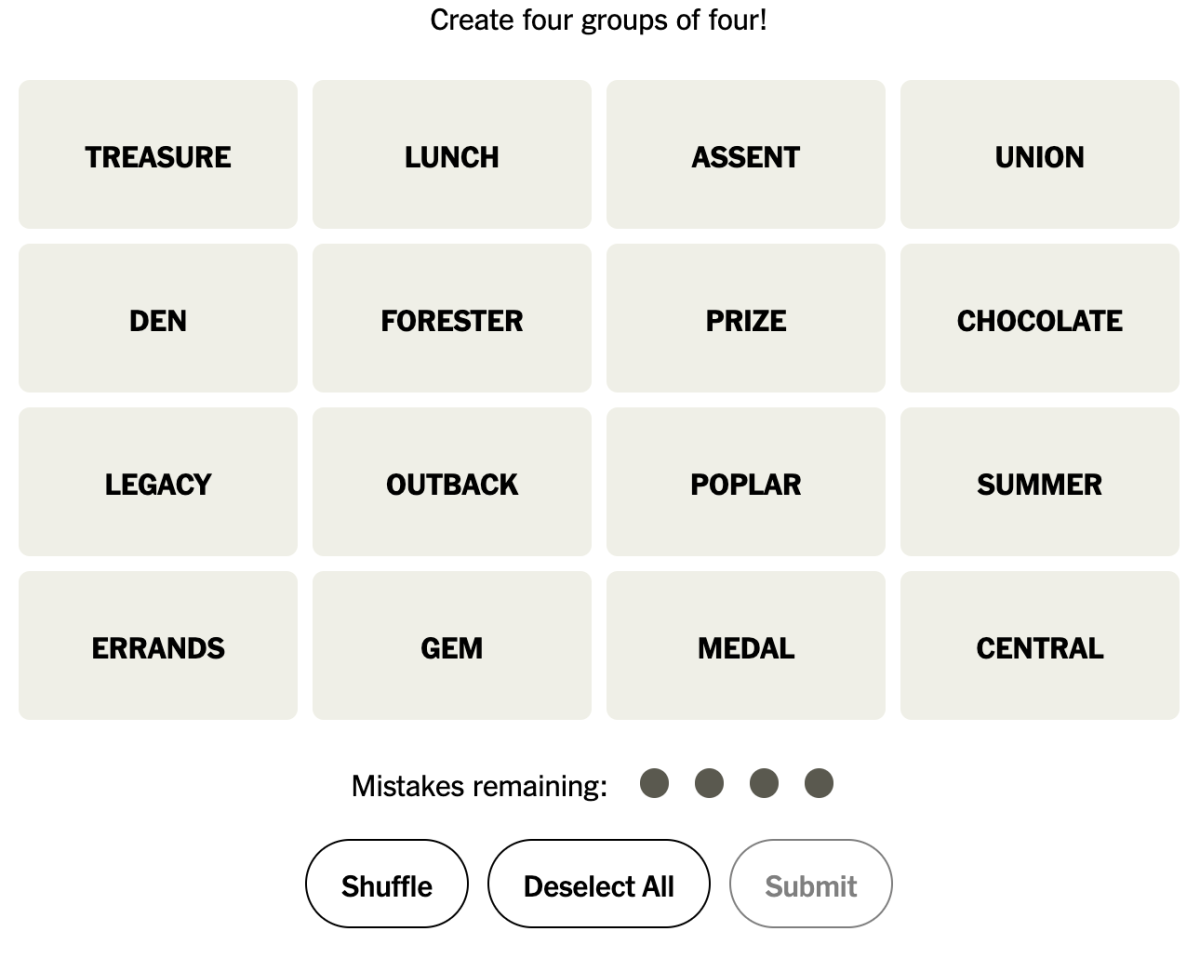Conservation or Captivity?
Memphis Zoo panda returns to China in 2023
The pandas at the Memphis Zoo, Ya Ya and Le Le, were scheduled to leave Memphis this year and return to China.
March 7, 2023
This article has been updated to reflect the recent autopsy report.
On Feb. 3, the Memphis Zoo announced that Le Le, a 24-four-year-old giant panda, had suddenly died from unknown causes. Given that the average lifespan of a panda in captivity is 30 years, his death was premature. Recent results of the autopsy on Tuesday, March 7, suggest that the cause of death was heart disease.
The news came following a long controversy over the treatment of the pandas kept by the Memphis Zoo.
Spectators were concerned when pictures of the zoo’s two pandas, Le Le and Ya Ya, circulated on social media in 2021.
Non-profit animal rights organization In Defense of Animals (IDA) described the pandas on their website as “visibly distressed and malnourished [spending] their days pacing or sleeping, clearly bored in their dirty, small enclosure. Ya Ya has a chronic skin condition, and Le Le has significant teeth issues resulting in broken molars.”
IDA publicly asked the Memphis Zoo to return the pandas to China, their country of origin. Soon after, hit singer-songwriter Billie Eilish lent her support to the cause by reposting one of IDA’s Tweets, capturing the attention of millions. In China, 72,000 people signed a petition to bring the pair back.
The Memphis Zoo argued that the pandas were being closely watched.
“As our bears have entered a geriatric phase of life, we have increased the number of physical exams conducted annually to reassure both our partners and the public that these bears are being vigilantly monitored,” they wrote in a public statement. “Exams are done both proactively and for diagnostic purposes to ensure our bears are receiving exemplary care.”
Naisha Gaur (12), president of the St. Mary’s environmental club, said, “My sister shadowed at the Memphis Zoo, and she talked with one of the doctors there. [The doctor] said that these pandas just do not look good, that a panda does not have to be pure white [to be well taken care of]…the panda’s appearance is just like that.”
Lydia Ford (10) voiced her relief when the Memphis Zoo announced the pandas would return to China.
“I am sad [that they are leaving], but I am also happy for them since they do not have to live in a cage anymore,” Ford said.
Around 1,800 giant pandas are left in the wild, and approximately 600 exist in captivity, according to Smithsonian’s National Zoo and Conservation Biology Institute.
Only three American zoos have pandas: the National Zoo in Washington, D.C., Zoo Atlanta in Atlanta, Ga. and the Memphis Zoo.
Ya Ya and Le Le were brought to Memphis in 2003 for conservation research and breeding. The Memphis Zoo held them on two consecutive 10-year loan agreements with China. Though breeding was unsuccessful, the zoo conducted extensive studies on them, ranging from seasonal shifts in feeding behavior to microorganismal adaptation in pandas.
Rebecca Winchester, PR and Communications Specialist at the Memphis Zoo, explained that the animals chose to participate in this research.
“The pandas give their consent to be examined,” Winchester said. “[For example], when [a trainer] says ‘open,’ they will open their mouths.”
Despite allegations of neglect, the Memphis Zoo said the pandas were not only cared for but also a little spoiled.
The zoo set aside an 11-acre bamboo plot in Shelby Farms for the pandas, who each ate 40 pounds of bamboo per day. Bamboo was harvested every morning and brought to the zoo, where it was stored in giant refrigerators near the enclosure.
“[We keep the bamboo] in refrigerators the size of whole kitchens,” Winchester said. The pandas also got treats like fruit and biscuits.
The pandas lived in a $16 million dollar exhibit, and each had their own climate-controlled rooms, outdoor areas and night enclosures.
“They have a lot more space than [visitors] see,” Winchester said.
The panda exhibit used to house Asiatic black bears before the pandas came to Memphis. It is unclear which animals will move in next.
“Obviously, we would love to get more pandas,” Winchester said. “We plan to put another Asiatic animal in that exhibit.”
Before Le Le’s unexpected death, the zoo planned to return both pandas, who were approaching old age, to follow Chinese law.
“Giant pandas legally have to pass away on Chinese soil,” Winchester said.
The zoo has not set a date for Ya Ya’s departure, but when it does, it will notify the public.
There has been some controversy over the Memphis Zoo’s panda exhibit, but Winchester believes their positive impact on Memphis cannot be understated.
“There are so many things specific to having pandas, like our partnership with China and exposure to Chinese culture,” Winchester said. “I think the pandas are one of the best things about Memphis.”
The pandas were also a highlight at the zoo for many people. Claire Chauhan (10) has many fond memories of them.
“I remember as a kid, [the pandas were] the one thing I always wanted to go see at the zoo,” Chauhan said.
No matter how much Memphians enjoyed them, Winchester emphasized that the Memphis Zoo’s ultimate goal in keeping pandas was conservation.
“[Having pandas] is about saving the species and spreading awareness, not just human enjoyment,” she said.




















































